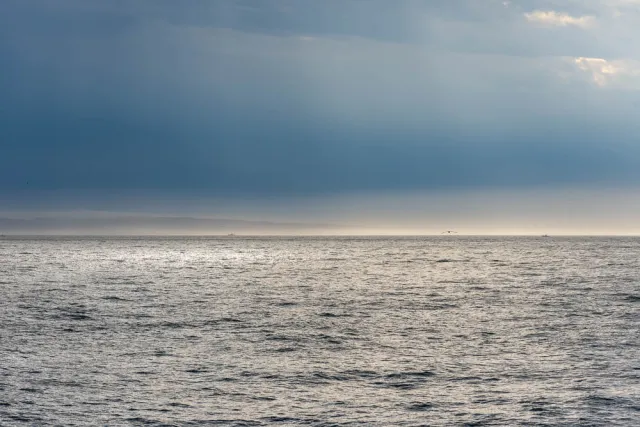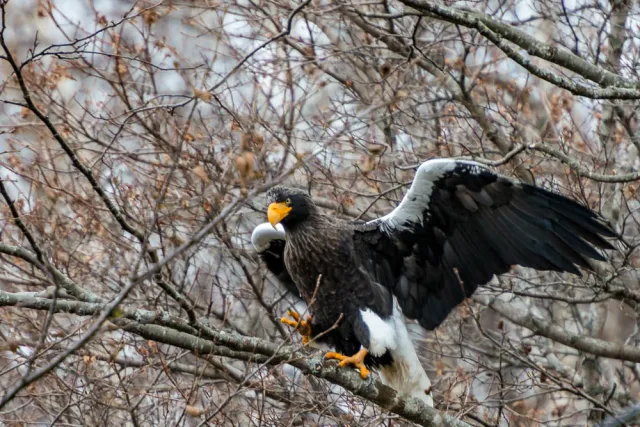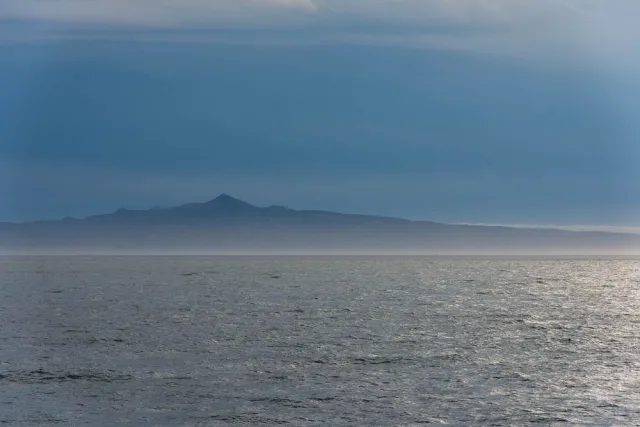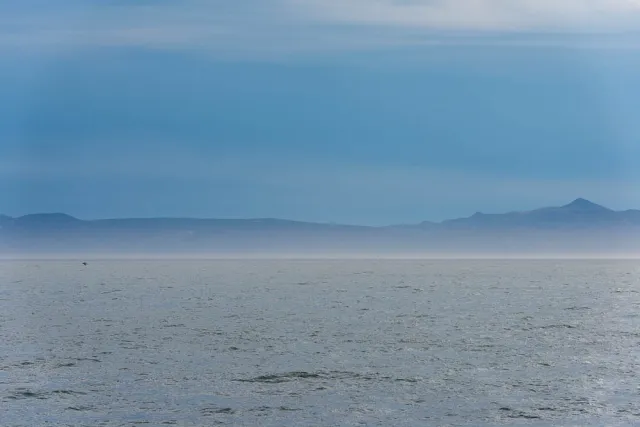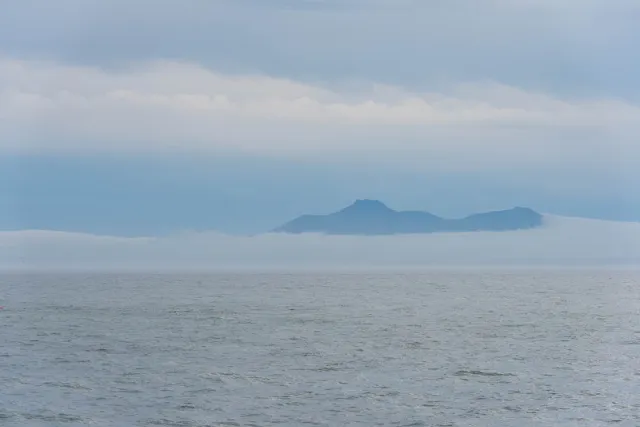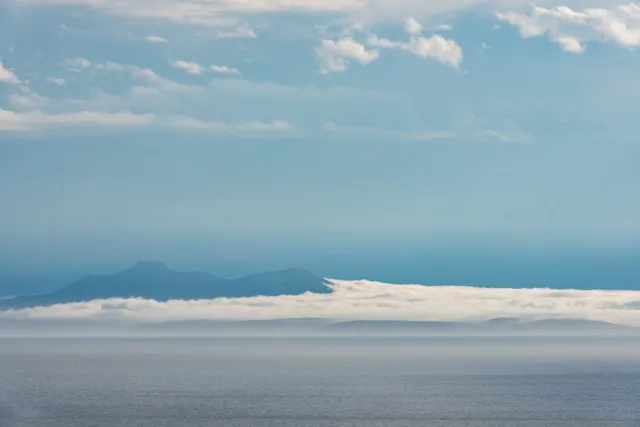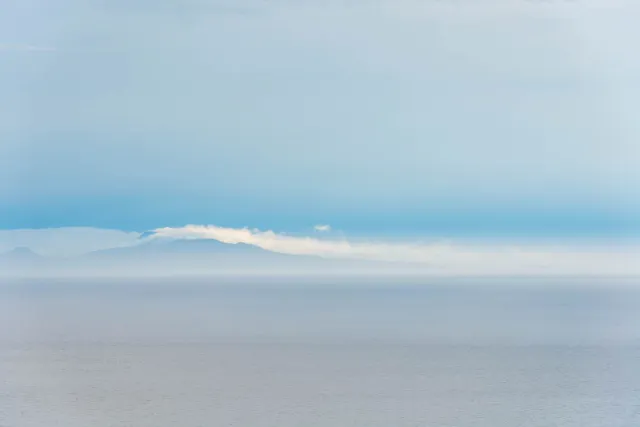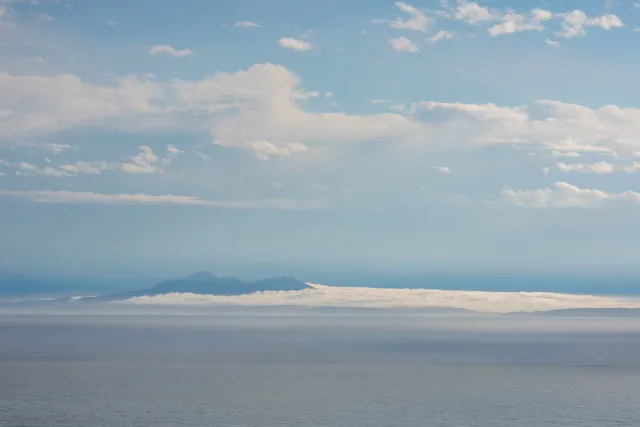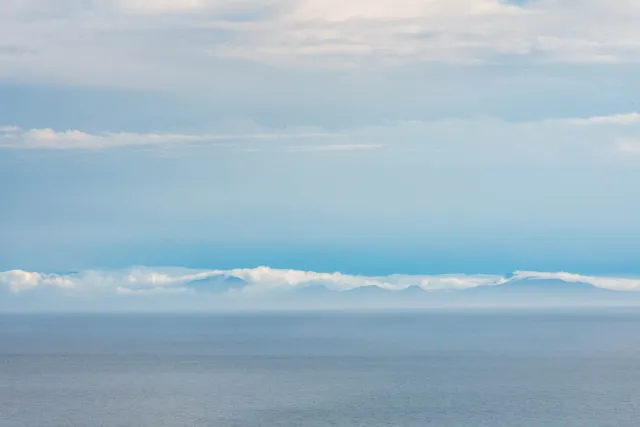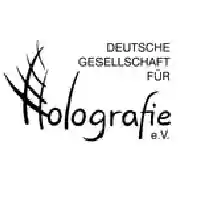Between Kamchatka and Hokkaido the 1200 km long archipelago of 1000 islands stretches from Kamchatka (Russia) to Hokkaido (Japan): the Kuril Islands. They separate the mainland Okhotsk Sea from the northern Pacific. There are about 30 larger and smaller islands of volcanic origin, which are attributed to East Asia. About 18,000 people live on them. The high number of active volcanoes and the resulting many earthquakes, blizzards and swathes of the subarctic climate make life difficult for the islanders - nevertheless, these islands are considered the most beautiful in the world and you can already feel their magic when photographing from afar if Kunashiri turns up in the fog.
For more than 70 years, only a few Japanese people still live on the "Black Island", as it was called by the ancient indigenous people, the Ainu. After Russia had conquered the South Kuril Islands and, for example, Kunashiri in World War II, the approximately 17,300 Japanese who had lived here before had to leave the islands. Japan has long been calling for the return of the southern Kuril Islands, ia. the two large islands off the northeast coast of Hokkaidō.
At the end of January, wildlife photographers take pictures of a special event between Hokkaido and the Kuril Islands: in the winter, Steller's Sea Eagles, the world's mightiest eagles, chase plenty of cod amidst the pack ice that flows from the Sea of Okhotsk into Nemuro Strait. The ice flows usually form in mid-January and the best opportunities to experience the Eagles occur in the first two weeks of February. For this one can ice drift rides e.g. Travel with the fishermen from Rausu (Hokkaido) to see the eagles catch and consume their prey on the floating ice floes.
We took the picture of the Steller's Sea Eagle pictured here near Rausu, Hokkaido.
Available as NFT: Collection of 100 photos in 100 countries and regions

